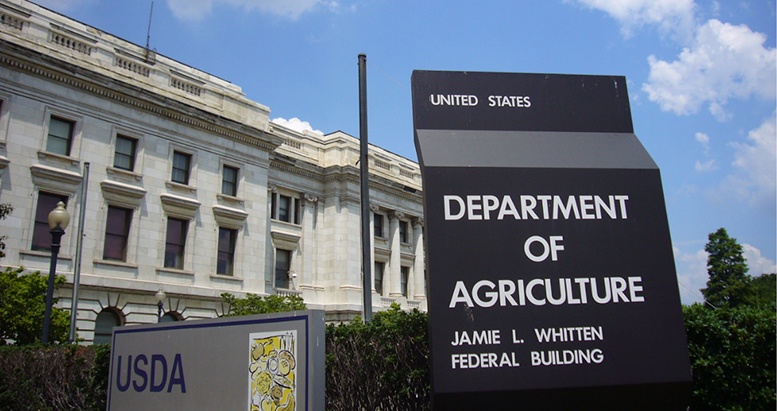The U.S. Department of Agriculture (USDA) has added a bit more clarity to the hemp markets with a weekly report covering prices and imports.
The reports, to be issued each Wednesday, are intended to provide “unbiased, timely, and accurate data to help industry stakeholders make business decisions,” USDA said in a press statement.
The reports track retail advertised prices of hemp products nationally and by region, along with hemp import volumes and value including costs for insurance and freight.
Put together by USDA’s Agricultural Marketing Service (AMS), the report is the first of its kind dedicated solely to hemp commodities. The inaugural issue reports only advertised prices for seed-based products such as whole and hulled seeds, protein powder and hemp seed oil.
Limitations
Prices for fiber-based products and CBD extracts are not covered in the reports and import categories were limited, but USDA said more data will be included “pending ongoing industry engagement.”
“USDA has recognized the hemp industry’s need for timely market information,” said Jenny Lester Moffitt, Under Secretary for Marketing and Regulatory Programs. “The National Hemp Report will equip stakeholders with weekly price and volume information to help guide smart business decisions.”
In reporting on the seed market, the first report gives weighted average prices based on reviews of advertising for products in a number of seed-based product categories.
Data on hemp imports
The total import value for hemp so far this year is about $413,000, according to the report. Roughly half of that was from hempseed oil imported from Canada, which has long been the biggest supplier of hempseed oil and food seed to the USA. Imports of hemp “cake” made from the residue of oil pressing were reported in January, but trade in hulled and de-hulled hemp seeds is not indicated.
The report separates outputs from the hemp stalk into three categories. But combined materials from processed hemp stalks represented the greatest import value in January. Total imports of “true hemp” (essentially hurd and bast), twine and yarn (which also come from bast fiber) were $209,000, more than half the total value of hemp imports for the month.
The Philippines supplied virtually all of the hemp twine imported to the USA in January, at a value of $174,000. Canadian, French and Dutch producers shipped hemp hurd and bast fiber to the USA in January, the report shows.
Just beginning
Import volumes are minuscule, but still may hint at how industry business relationships are shaping up around the world. Other countries which show up on the report with small quantities of different hemp products sold into the USA include Egypt, Lithuania, Romania, China and Portugal.
The weekly reports complement an annual National Hemp Report started by USDA last year that queried more than 20,000 hemp producers across the nation to determine planted acreage, harvest figures, and crop values. That report put the total value of U.S. hemp at $824 million in 2021, with income from flowers $735 million; fiber, $41.4 million; and grain $5.99 million

